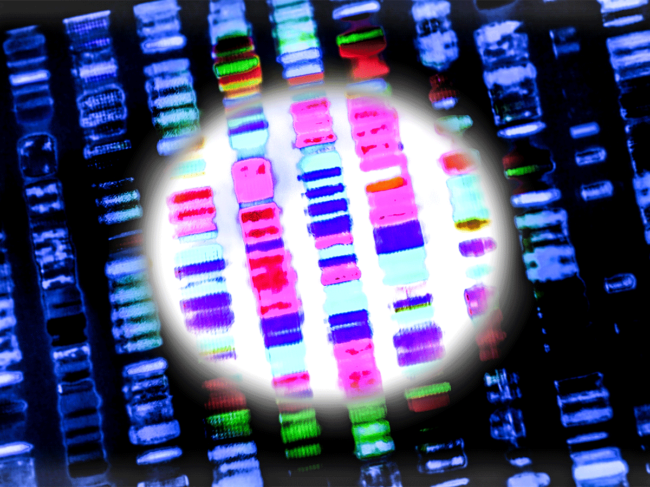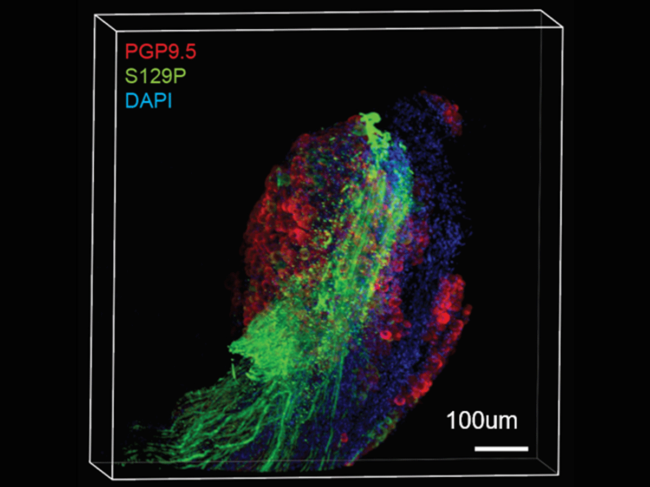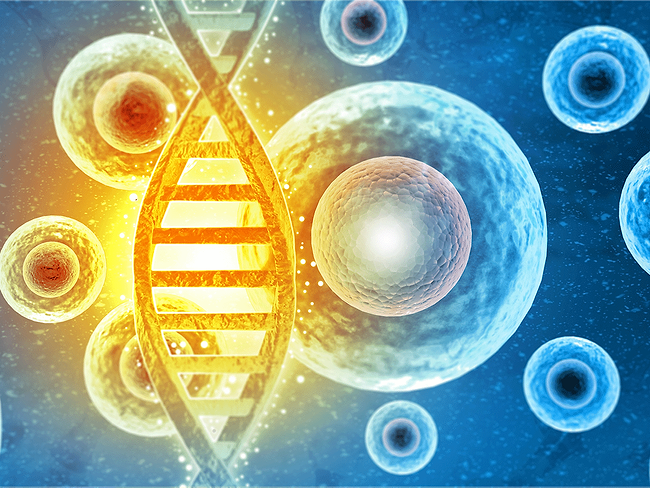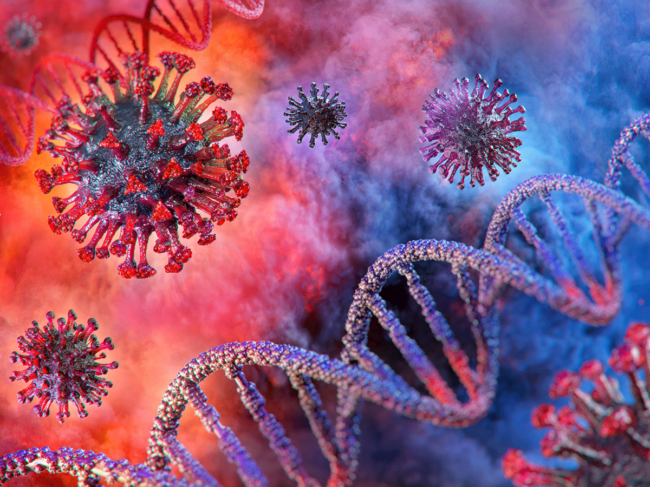
Science
American Association for the Advancement of Science
Researchers trace COVID-19’s family tree to battle outbreak and ‘infodemic’
Read MoreAmerican Association for the Advancement of Science
Researchers trace COVID-19’s family tree to battle outbreak and ‘infodemic’
Read MoreAmerican Association for the Advancement of Science



